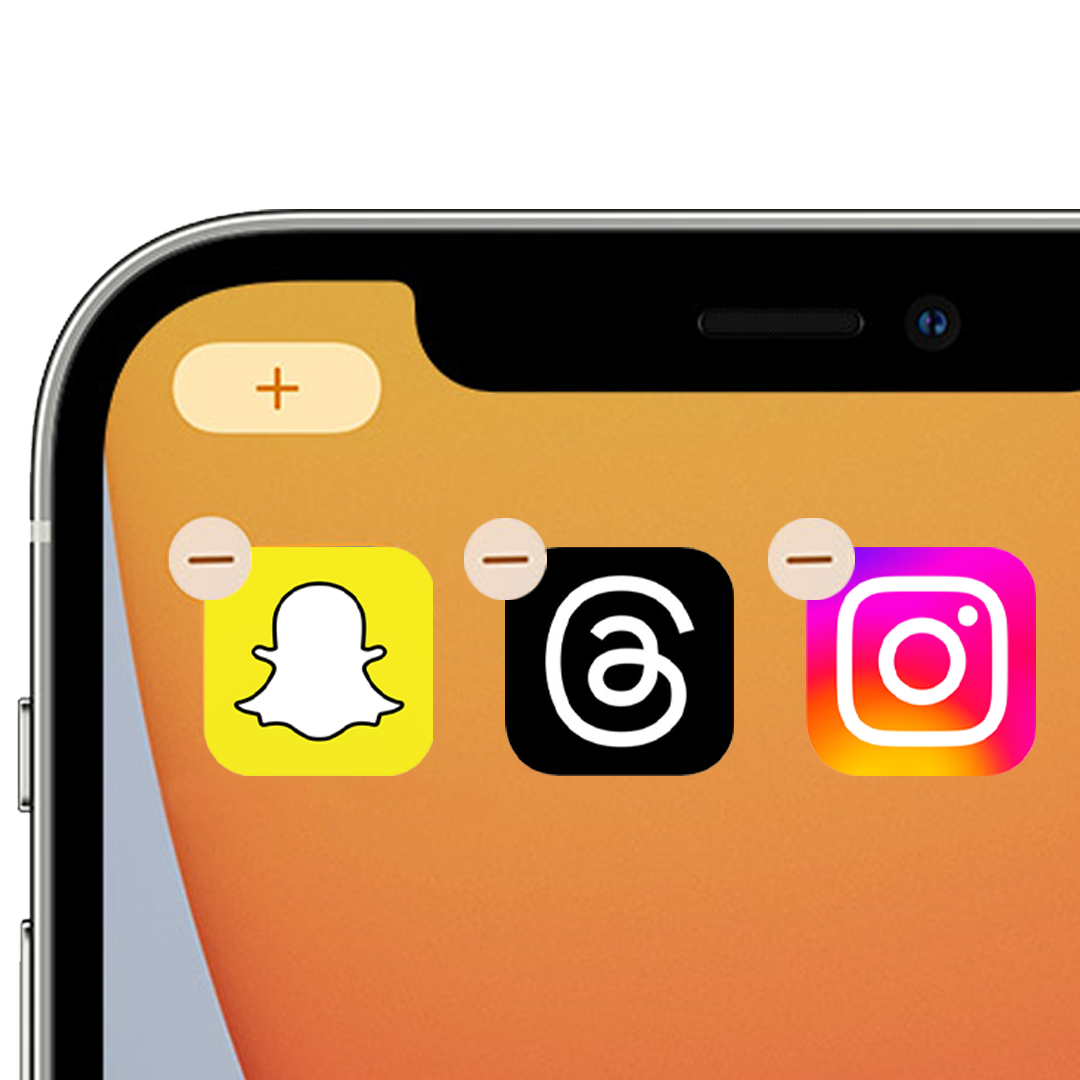
As time goes on, people’s connections on social media apps get outdated. They don’t want to be associated with who they were before, and they don’t feel comfortable sharing as often. The increase in influencers and content creators has only exacerbated the trend. That’s a problem for Meta—because its social graph is its superpower. It’s what makes its apps sticky.
So how does Meta reset its social graph? It’s had different answers over the last decade. First it bought Instagram, making it easy for people to start over by hand-picking people from their Facebook friends list. When the Instagram graph grew stale, it dipped its toes into ephemerality by adding Stories, riding the Snapchat wave.
Now, it’s turning to Threads. Or so thinks Michael Sayman, the person responsible for getting Facebook to add a Stories feature (when he was only 18 years old, no less! More on that in a bit). Sayman is no longer at Facebook, but he thinks people are missing the point with Threads, sucked in as they are to the juicy narrative of Musk vs. Zuckerberg. Meta’s real threat isn’t Twitter—it’s the fading relevance of its social graph.
It’s become a deeply existential issue for the company with the rise of TikTok-style recommendation engines. Unless it wants to relinquish the power of its social graph altogether, Meta needs to figure out a new way to entice people back into sharing with their network. Threads is a crystal ball of sorts, giving us a hint about where Meta thinks the “social” part of social media will go (regardless of whether it’s right).
We spoke with Sayman at length on the topic, and he had a lot of product insights and observations drawn from his time at Meta. Read on for behind-the-scenes details on how he got hired at Facebook at such a young age, why Zuckerberg finally decided to add Stories (against the Instagram founders’ wishes), and what Sayman thinks Meta hopes to accomplish with Threads.
Michael Sayman: 15-year-old wunderkind
Sayman’s life was far from ordinary, even before Facebook came into the picture. Born in Miami to Peruvian immigrant parents, he started building and releasing his own mobile gaming apps at age 13. When the 2008 recession hit, Sayman supported his family through the economic downturn after they lost the chicken restaurant that was their livelihood.
At 15, he built an app that went viral thanks to some clever marketing tactics—it climbed the App Store rankings and at one point hit the top 10. To keep his operating costs low, he’d figured out a loophole to access the free tier of a Facebook-owned mobile development tool called Parse. Disgruntled at being taken advantage of, Parse employees reached out and were shocked to learn Sayman was only a sophomore in high school. Zuckerberg got wind of the story and flew Sayman out to attend Facebook’s F8 conference.
Facebook kept tabs on Sayman in the years that followed, and during his senior year recruited him first as a paid intern and then as a full-time engineer after graduation.
After finishing new hire orientation, Sayman made the bold move of pitching the creation of a new team focused on teenagers. The idea was sent up the ranks and eventually greenlit by executives Chris Cox, Adam Mosseri, and Zuckerberg himself. At 18, Sayman found himself in the unlikely position of overseeing data scientists, engineers, and designers who were years older than him on this “teens team.”
It didn’t take long for Sayman to bring the resident Gen Z perspective to the company. He kept a close eye on Instagram’s retention and usage metrics among teens, and he spoke often about what the data was showing. He used the teenage audience as a predictor, hypothesizing that Gen Z behavior represented a wave that would eventually hit everyone else.
Zuckerberg agreed, and decided it was worth facing the ire of Instagram’s founders to implement the company’s own take on a Stories feature. It worked, and within two years, Instagram had reached double the amount of Snapchat’s daily active users.
The recent launch of Threads, Meta’s Twitter competitor, harkens back to that Stories moment.
Q&A with Michael
CD: Before we dive into Threads, why don’t you give us some background on the big moment Instagram decided to add Stories. How did you help champion that controversial move?
MS: My first talk at the company was on how everyone in my age group hadn’t posted on Instagram in more than two months. I’d pull up the profiles of my friends and prove it. At the time, people at Facebook thought Instagram was the shit, so they’d look at me with horror in their eyes.
The Only Subscription
You Need to
Stay at the
Edge of AI
The essential toolkit for those shaping the future
"This might be the best value you
can get from an AI subscription."
- Jay S.
Join 100,000+ leaders, builders, and innovators

Email address
Already have an account? Sign in
What is included in a subscription?
Daily insights from AI pioneers + early access to powerful AI tools






Comments
Don't have an account? Sign up!